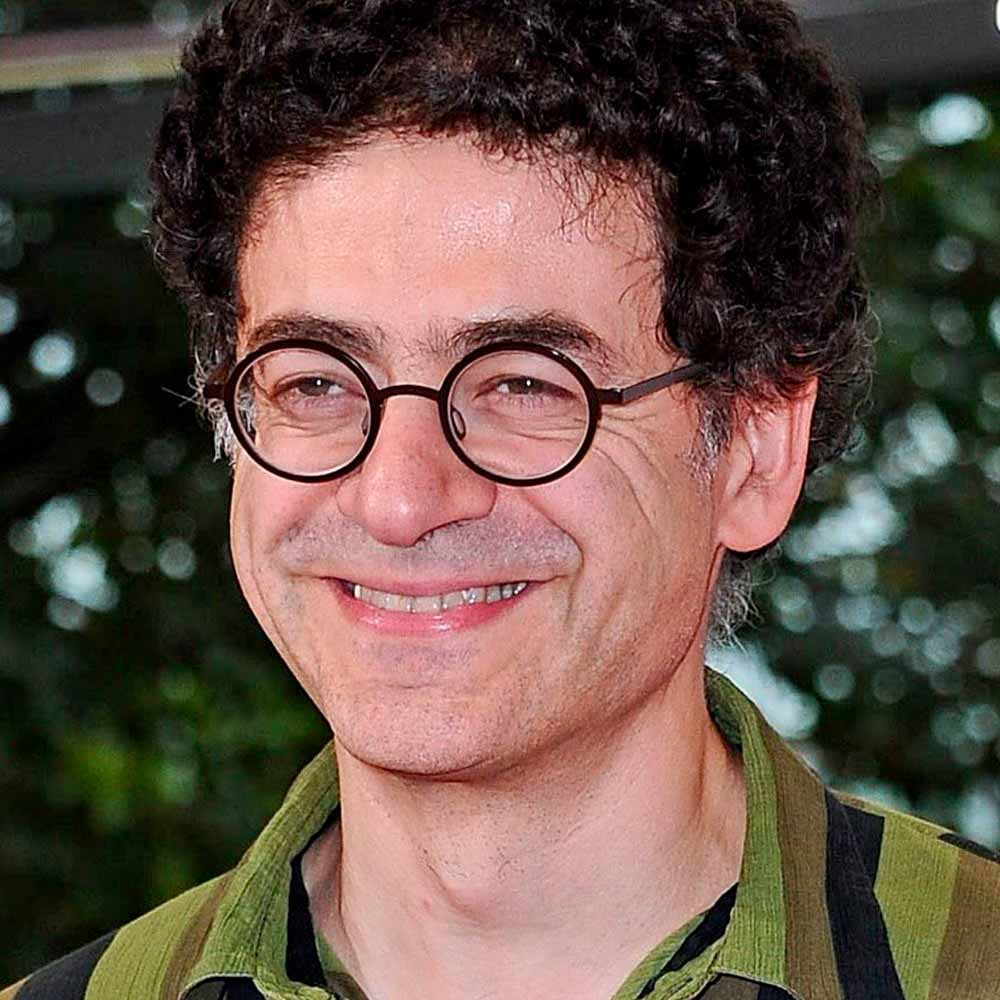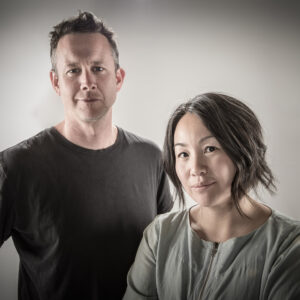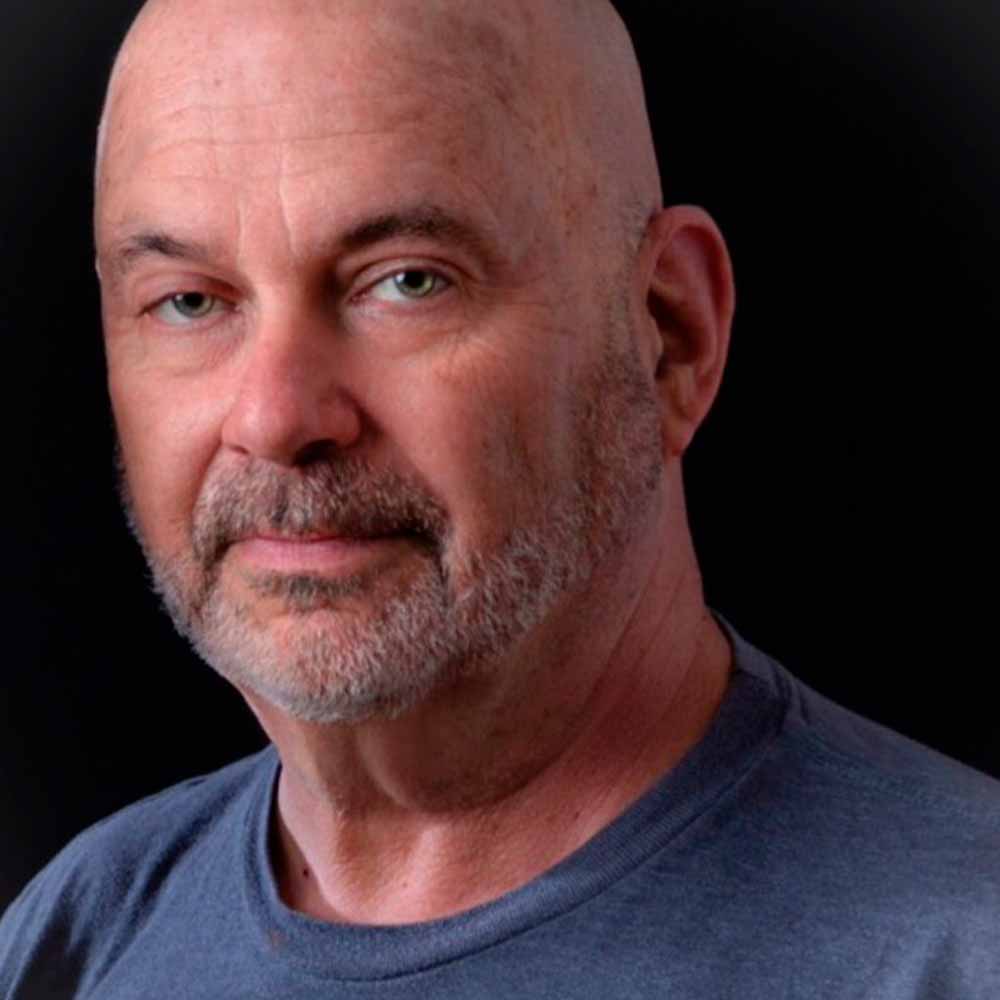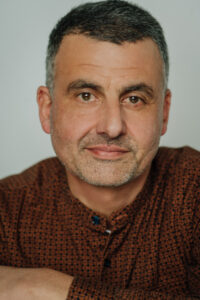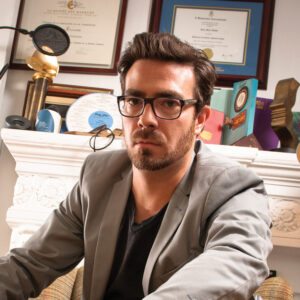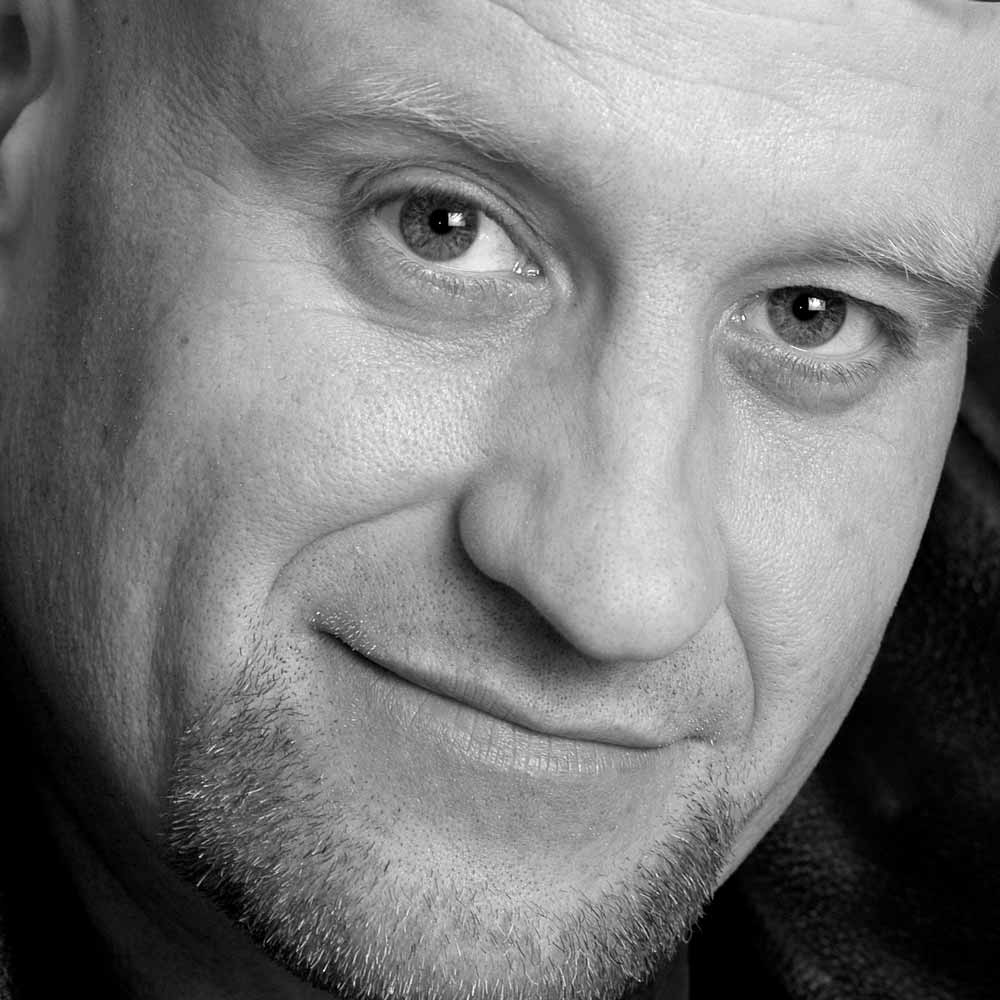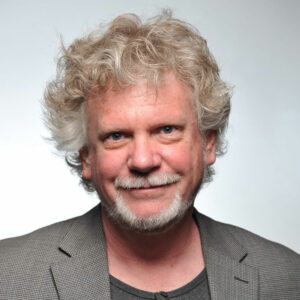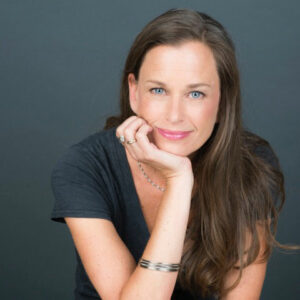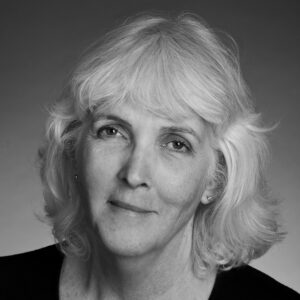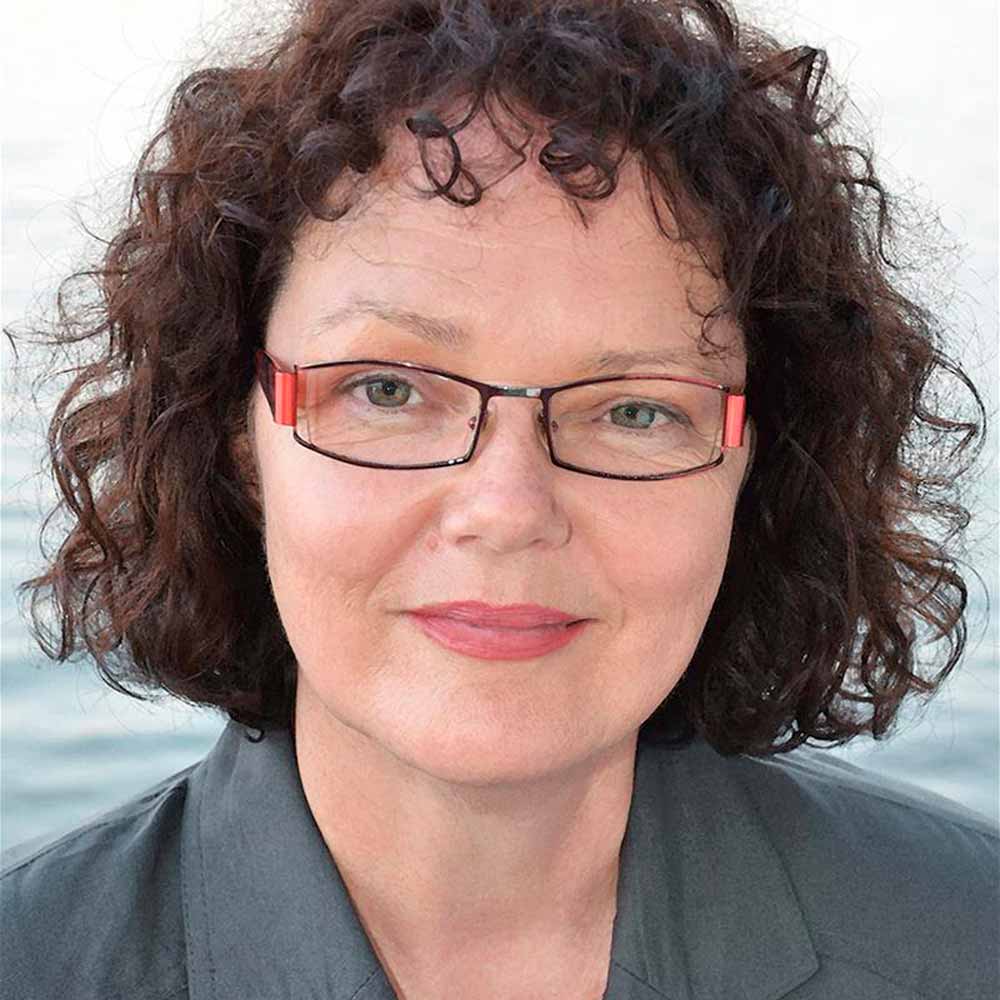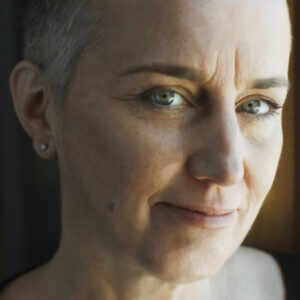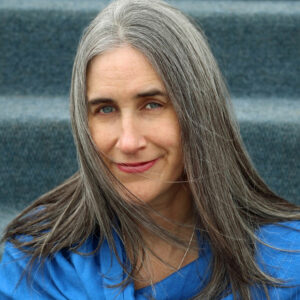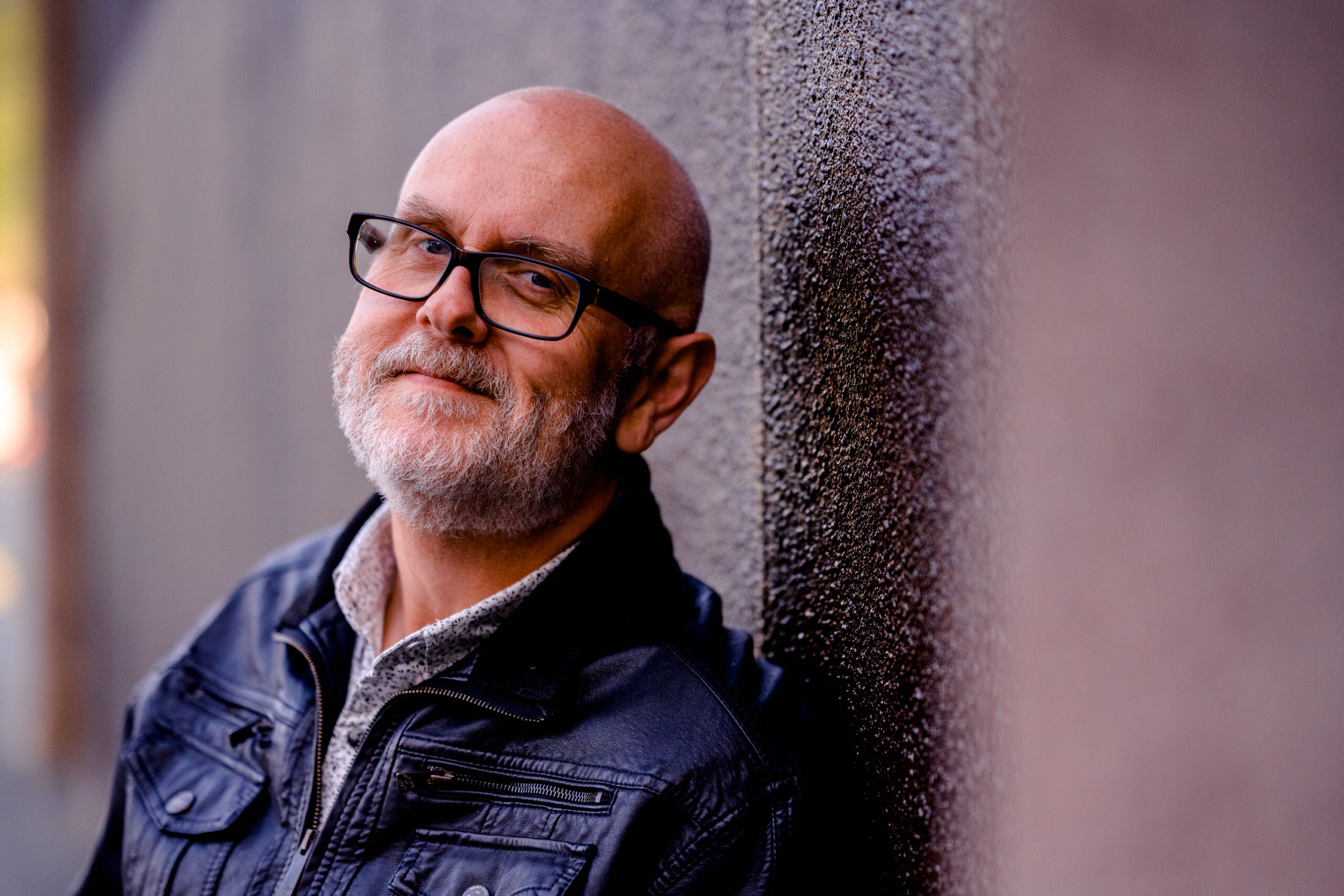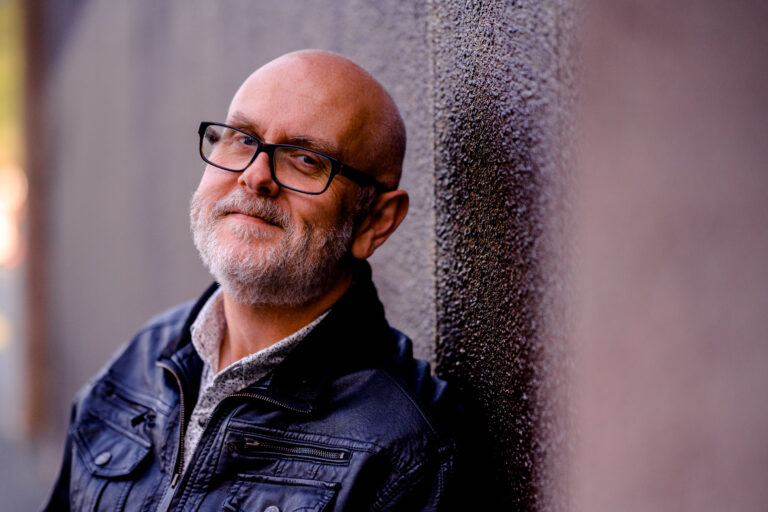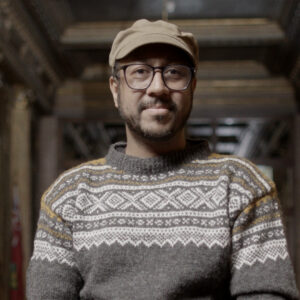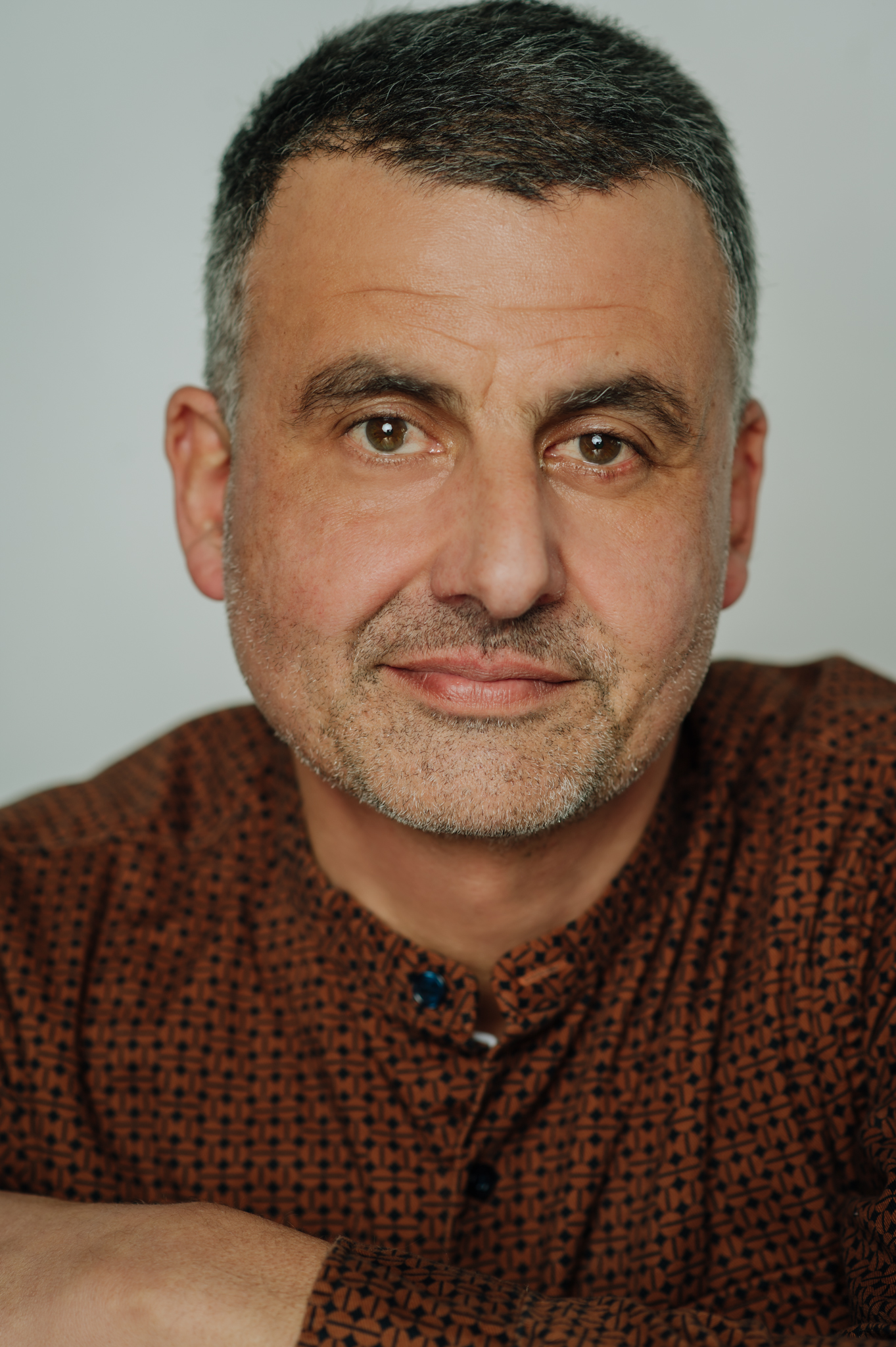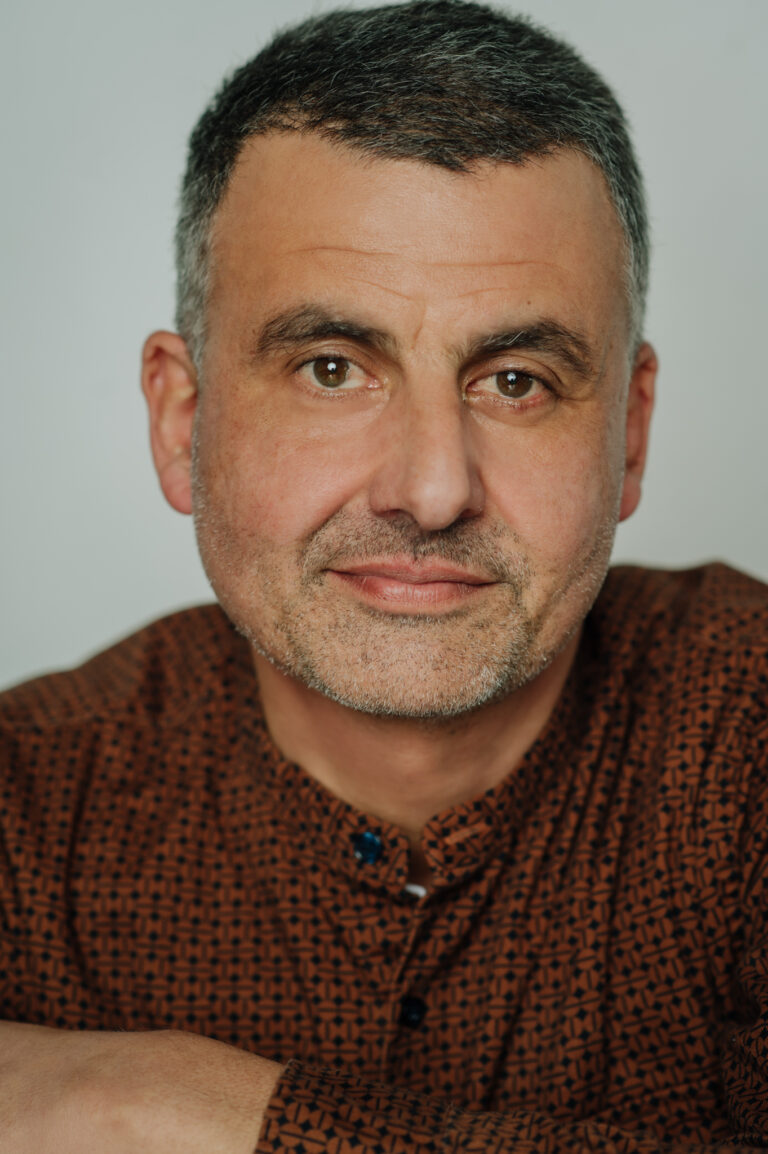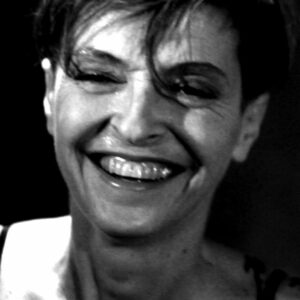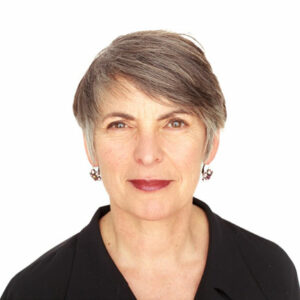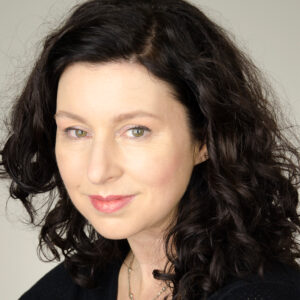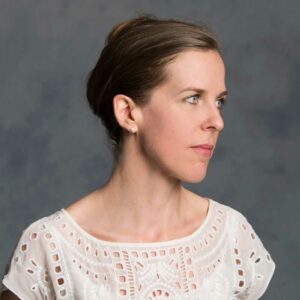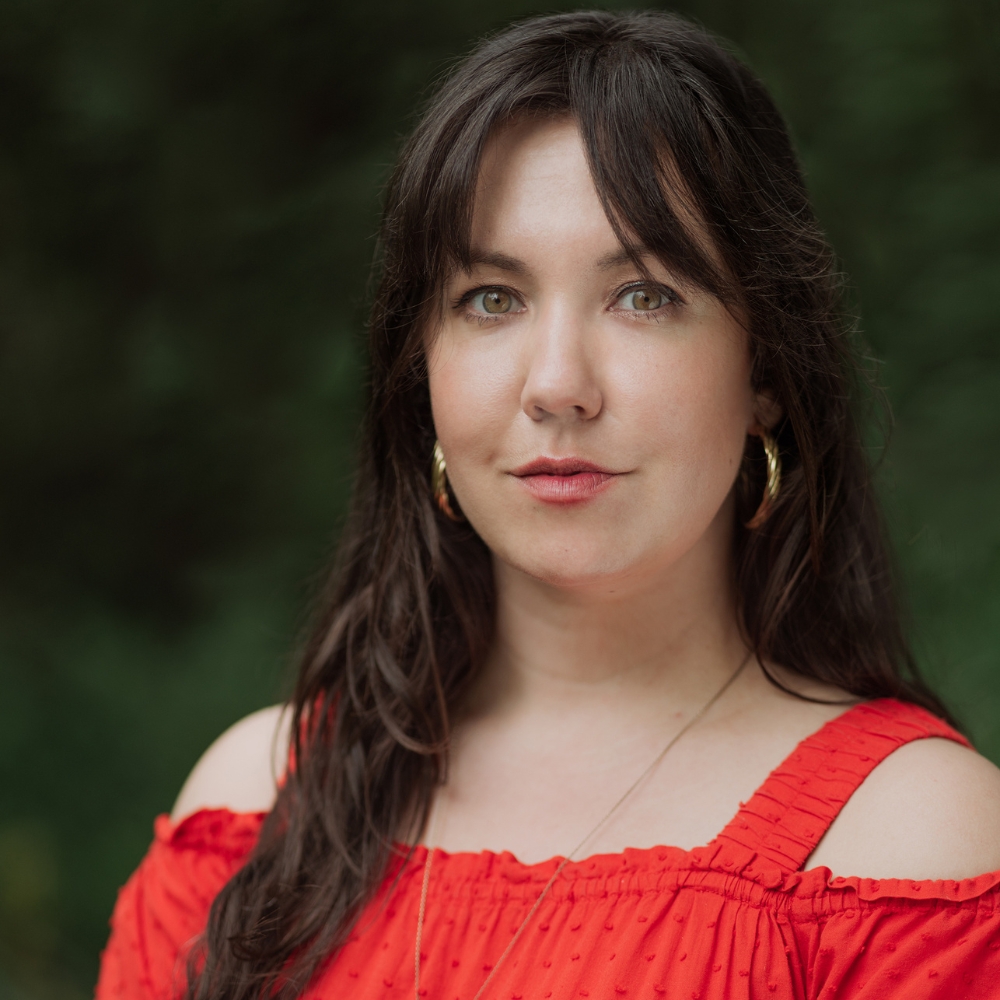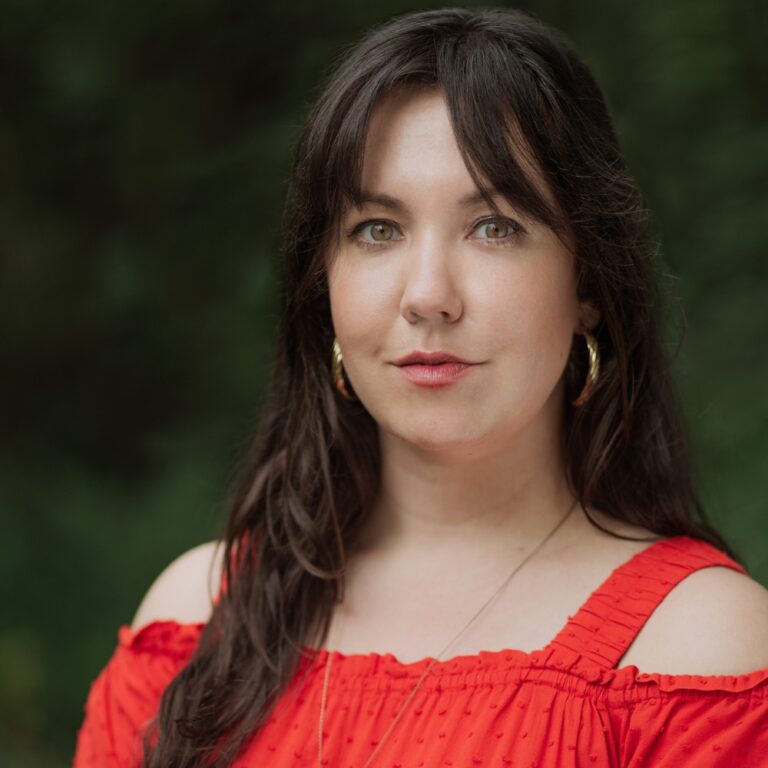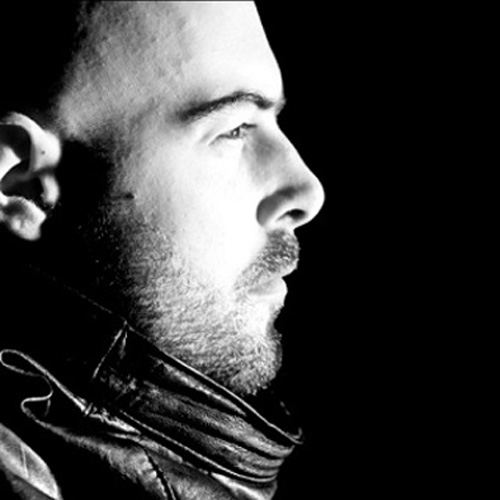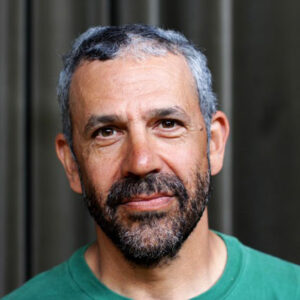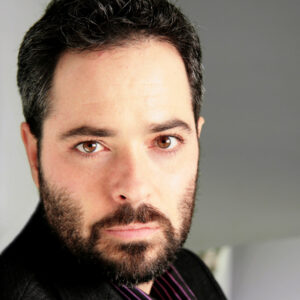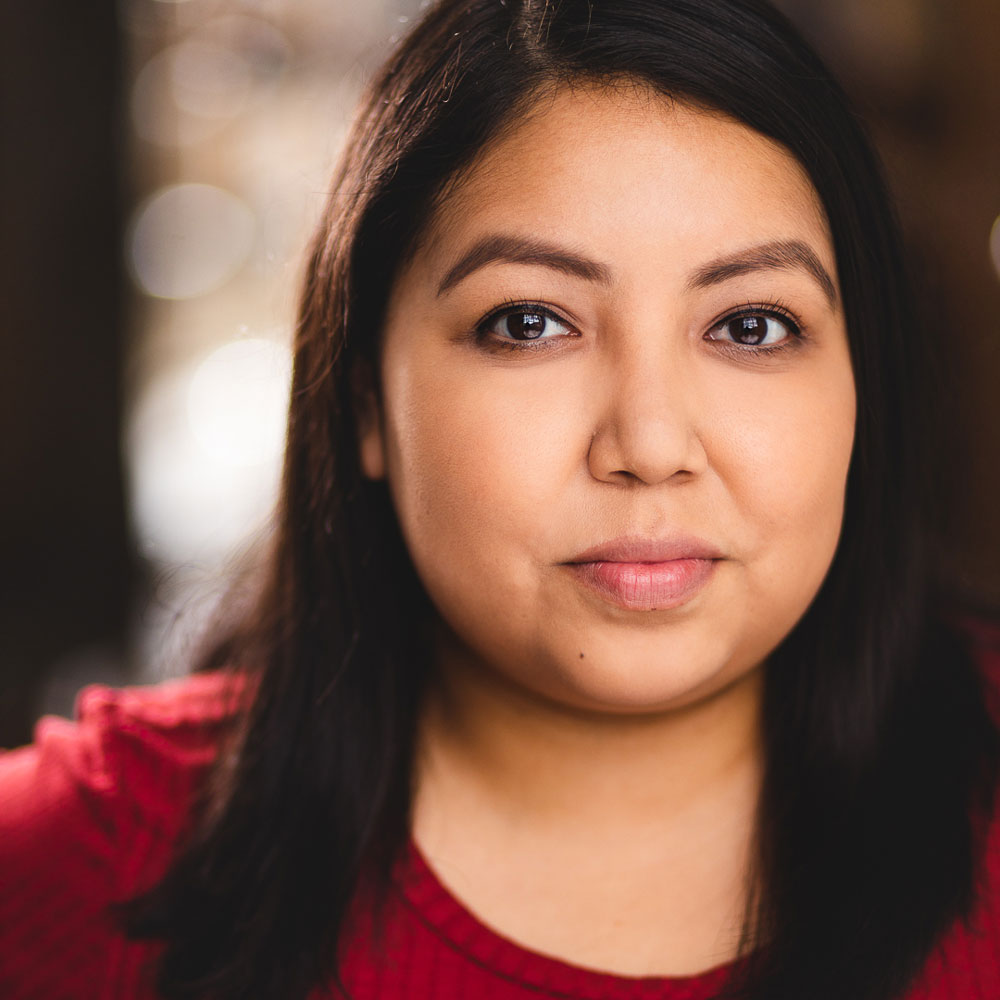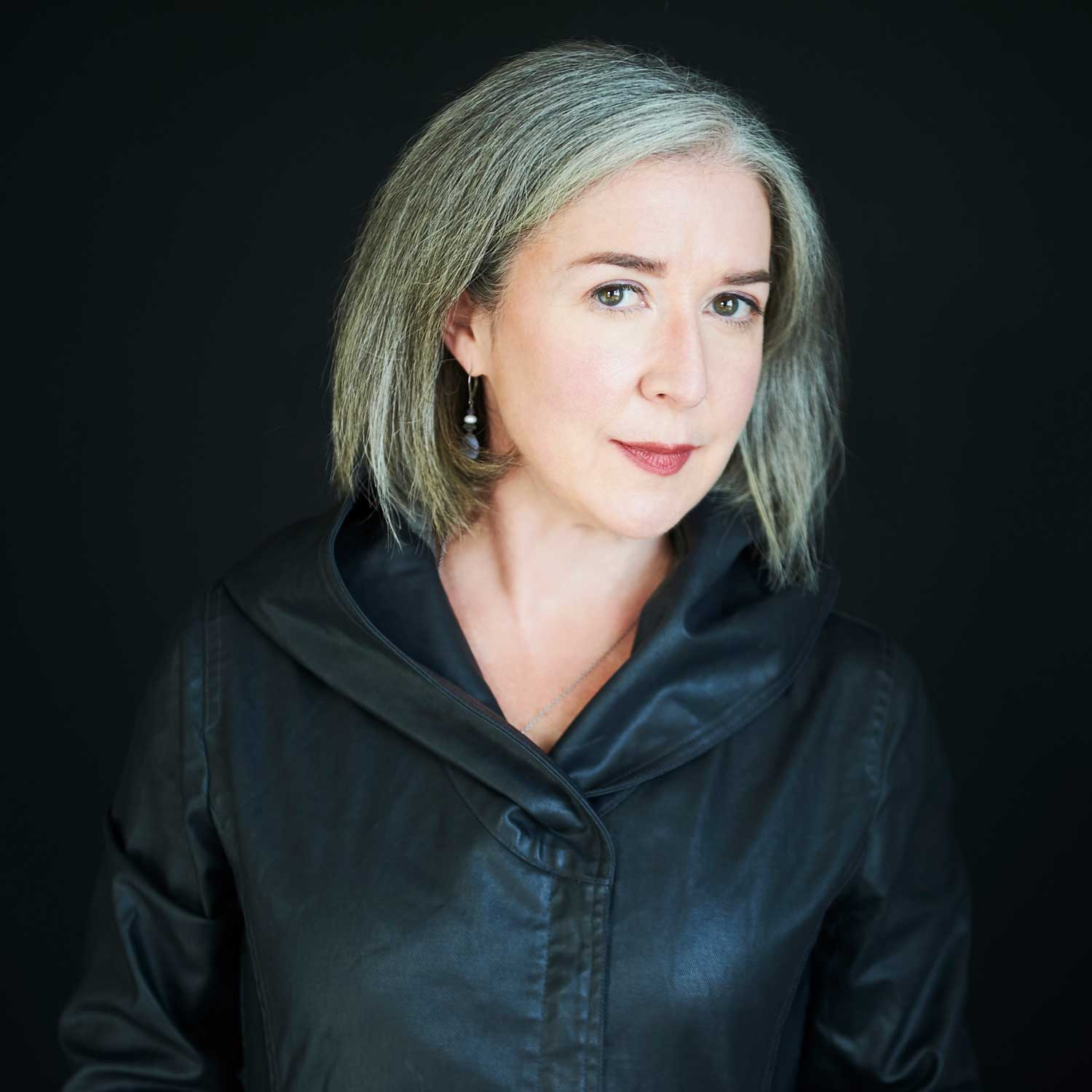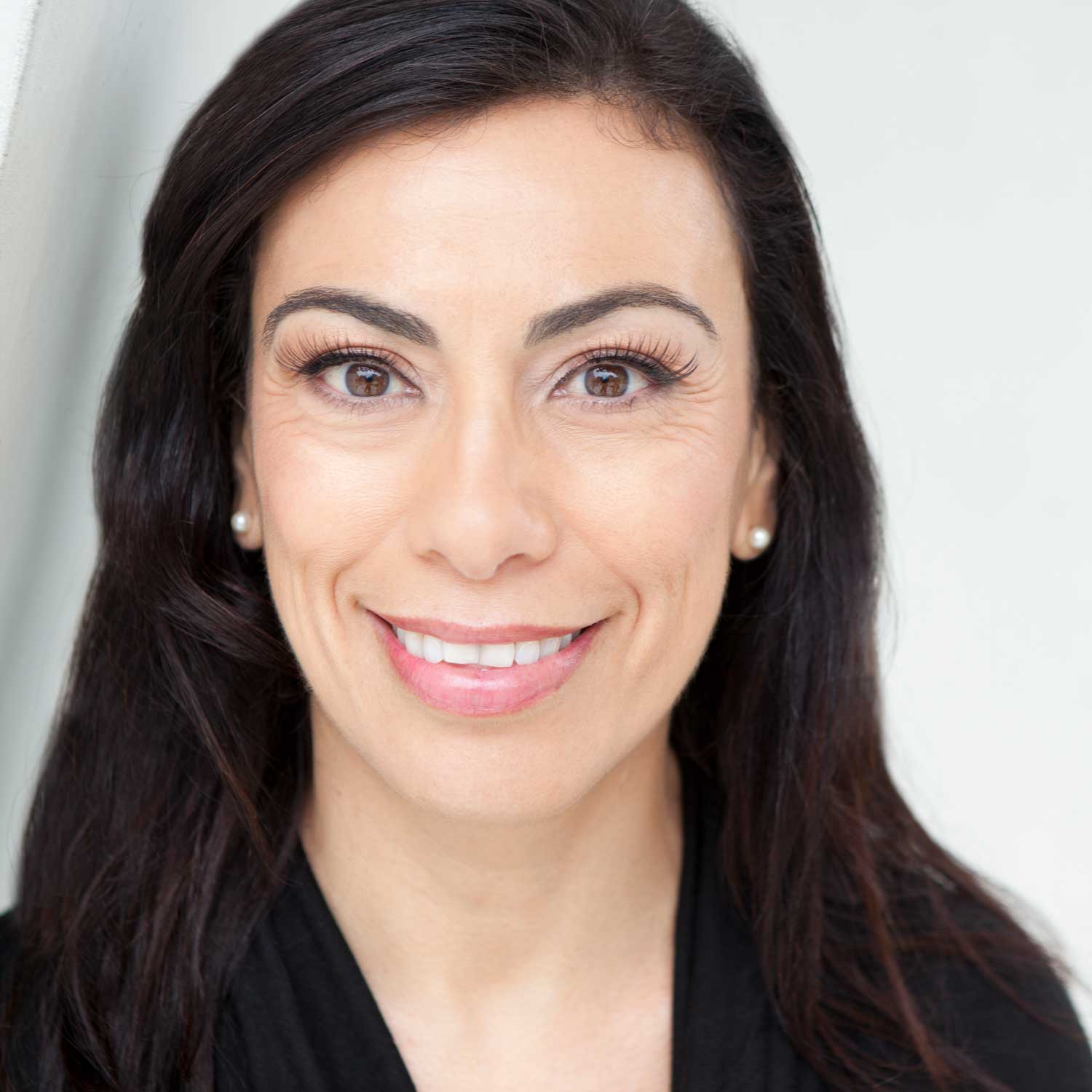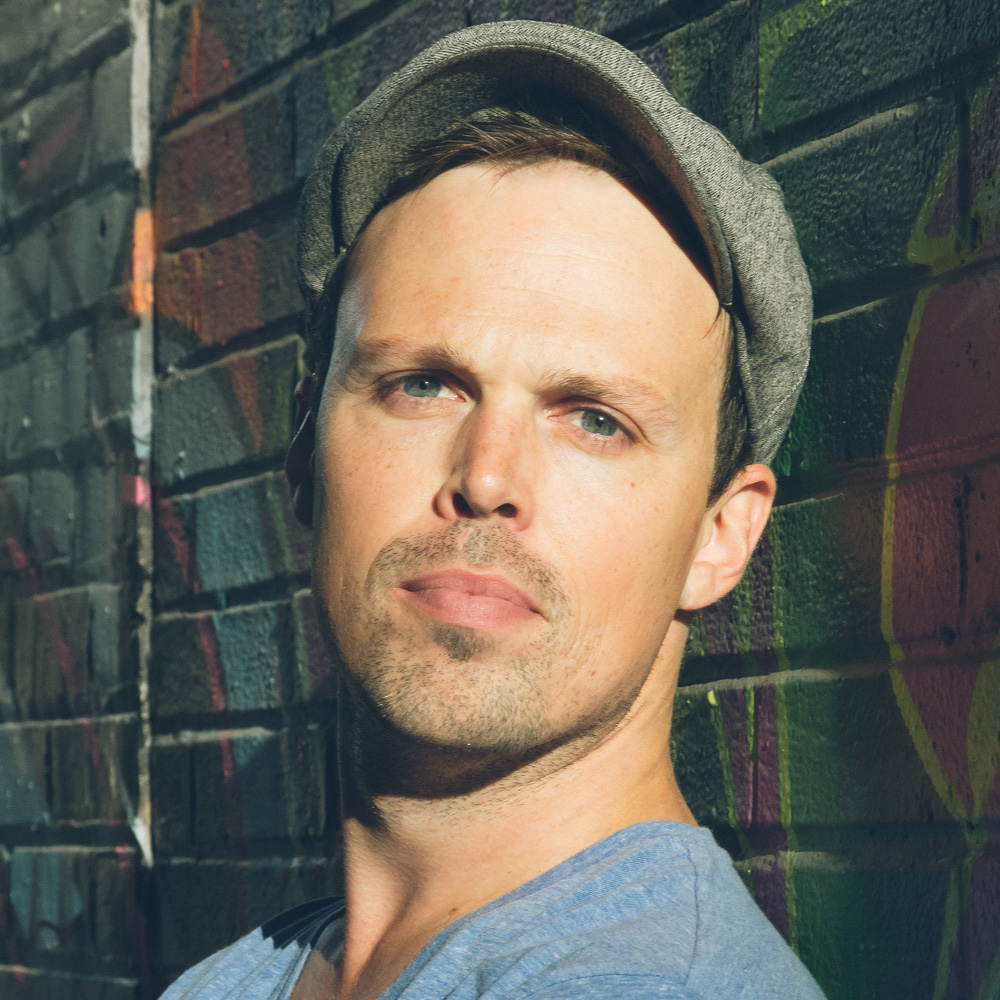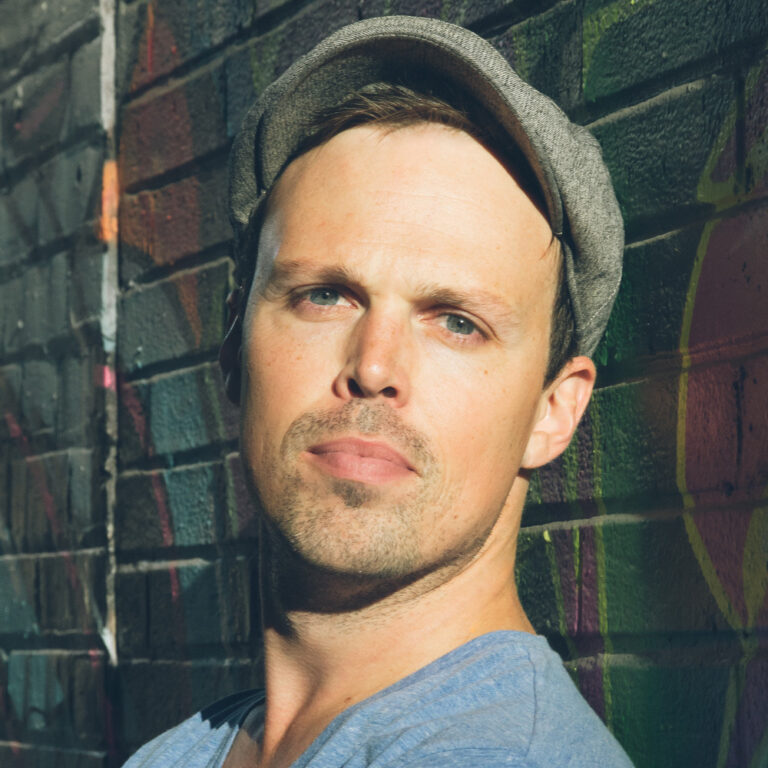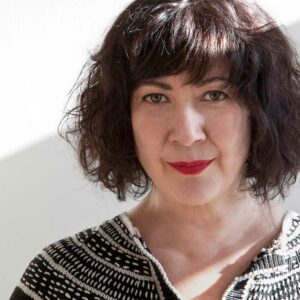Phew. Hello. Bonjour. That’s pretty much all the French I’m capable of speaking – West Coaster, sorry. First: there is no way for me, up here, to say what I’m about to say in a way that doesn’t sound pro forma or like a cliché, but: it easily could have been any one of the four of us. That’s just the truth.
My fellow nominees Evelyne de la Chenelière, Hannah Moscovitch and Donna-Michelle St. Bernard are brilliant, compassionate, incisive, radical, and breathtakingly talented Canadian artists. At the nomination ceremony in Toronto a few weeks ago, each shared words that confirmed for me what their work had already led me to suspect: they are my compadres, fellow-choosers of this very particular artistic activity, one that the extraordinary generosity of Elinore and Lou Siminovitch, of the National Arts Centre, of Katherine Siminovitch, of the Siminovitch Family and their many many admirers, partners and supporters has seen fit – for deep, personal reasons – to honour.
DM, Hannah, Evelyne (who can’t be here tonight because she’s working in Europe – tough life!): your visionary work has profoundly inspired not just mine, but that of scores of other Canadian writers tapping furiously in coffee shops and rehearsals halls across this enormously small country. You write about that which obsesses and confounds you. You write in resistance to the pressures of a global economic and political system with an insatiable hunger for power and profit. You write on behalf of our fundamental human need for authenticity, for comfort, for risk, for laughter, for dissent and most important, for connection. Your work is a light. I am so proud to be here with you.
Like my fellow nominees, and like so many writers and artists, I write about things I can’t explain, and about questions that I feel our culture is afraid to confront. This may be why I have written satirical comedies about the War on Terror, a semi-experimental play about capitalism, friendship and competition, a play for teens about a young Muslim immigrant who wears hijab, a show derived from the journals my estranged mother bequeathed to me, collaborations with an artist whose life includes Down syndrome, and an adaptation of a 1960’s Egyptian novel about nihilism reset in contemporary Vancouver.
I am the child of an Egyptian father and Anglo-American mother. As a mixed-race writer who grew up in North America in the 1970’s and 80’s, before mixed-race was an official thing, I believe my parents gave me an extraordinary gift: to identify not as one or the other, but as in-between.
It is no accident that borders are militarized and weaponized. A border is an in-between with its own set of highly regimented, authoritarian rules. It is also where we encounter the other: the other nation, the other culture, the other language, the other gender, the other mind, the other story, the other nervous system, the other body. It is the space between each and every one of us.
I think that’s partly why I’ve done so much co-writing. About half my plays were written with a wide variety of colleagues. This is a fact that sometimes makes me feel shy and even a bit fraudulent. But for better or worse, I am compulsively interested in the space in-between myself and others – my parents bi-cultural marriage was a mostly unhappy one, so maybe that’s why – and the pursuit of a new idea or language or story that might bring different and deeply held pursuits of truth together, fusing what was two, into one.
I think this idea or principle is also in the very DNA of this prize. Lou was a world-renowned scientist. Elinore was a devoted, radical playwright. The collaboration of their marriage was a border between two passionately held vocations, a space that was not one or the other, but in-between.
At the nomination ceremony in Toronto Lou Siminovitch – who is 97 and a half, by the way, and intimidatingly sharp – said to me that when they told him about the creation of the award in his and Elinore’s honour, he was surprised to be called to the top floor of the Bank of Montreal in Toronto. Because, in his words, “I don’t know anything about money or finance. What could they possibly want with me?” Later at the ceremony his daughter Kathy told me that Lou and Elinore were, in fact, avowed socialists. Radicals, whose mammoth contributions to Canadian society are honoured with a major prize endowed and supported by the generous, wealthy individuals and families who admire them. Another truthful, beautiful, real-life in-between.
When I teach theatre and writing to students I often tell them: the art of playwrighting or theatre-making are inherently marginal, and in-between. To someone outside the industry, it may look like it’s all about chasing fame and fortune. That’s what I naively thought when I started. I did go to theatre school with Sandra Oh after all. And don’t get me wrong: my big break is coming, for sure. I can feel it. In Canadian theatre, 48 is definitely the new 29.
But as we all know, ours is almost always an ill-paid, devotional practice, more like joining the priesthood than moving to Hollywood. But here’s the thing: whatever the very real challenges, the marginal and in-between are very exciting places to be. In-between we are far less accountable to the capitalist marketplace. On the margin we are required to sacrifice far less in order to fit in. On the border we can experiment, risk failure, and – critical for me – try to make some room for those whose voices have been casually and thoughtlessly excluded.
I say this in particular to the many incredible supporters of this prize in the room, and to our political representatives who are so generously sharing some of their time with us this evening: supporting creative work that takes place outside of profit-driven culture is more critical and necessary now than every before.
To be clear, what I am talking about is not that most deceptive and neo-liberal of buzz words, the “creative economy.” In fact, it’s the opposite. We are in the midst of an unprecedented, technology-driven transformation of our basic social contracts. It is producing some exciting benefits, yes, but I fear it is also moving the world inexorably toward a cacophonous, babel-like, corporatized monoculture, one that can’t yet account for our primal human need for unmonetized human connection: for authenticity, for touch, for safety, for community, for tenderness, and for love.
The creative in-between is where I believe we find the front lines of a battle for the human values our economic system does not have the skill to measure. In the plays of de la Chenelière, Moscovitch and St. Bernard, in the participatory creative interventions of Montreal’s Action Terroriste Socialement Acceptable (ok there’s some more French), in the choreography of Crystal Pite, the songs of Tanya Tagaq and Veda Hille, and in the novels of Rawi Hage and David Chariandy and Madeline Thien. It is in their work that I see true investigations of what it means to live in a world in the throes of unprecedented political and environmental change – not to say cataclysm – and the solace I feel when artists contend with the profound conflicts that arise from the miraculous, fundamentally absurd condition we casually describe as “being alive” and “human.”
I was 25 years old when my wife Amanda gave birth to our eldest child, Zak. He was born during the first preview of my first full-length play, A Line in the Sand, which I wrote with my dear friend Guillermo Verdecchia. The Vancouver Sun review spent far more time talking about Amanda’s epic 40 hour labour than the show itself, which I’m sure everybody here agrees is exactly as it should have been.
In that period my jobs were mostly teaching kids, in a variety of contexts. I’ve always loved working with kids. Then, though, I felt like a failure. A harsh, intense voice in my head told me that work wasn’t good enough, that to measure as a success, I had to become a writer, an artist. No matter what the cost. I listened to that voice. And right now, in this moment, for obvious reasons, I’m glad I did. But the voices in our heads are complicated, and not always trustworthy. In the years I spent working with kids, in raising my own children with Amanda, and – very much with Amanda – nursing my mother through 15 years of early-onset Alzheimer’s, I learned more about risk, about vulnerability and about the complex, contradictory essences of human nature than I ever have mining my own neuroses in front of a computer screen. I also learned what I think defines a true artist: someone who strives to connect that which is roiling inside them to what is actually occurring in the world; one who practices solitude and seeks comfort in the fellowship of others.
When I fail – in work or life – I think it’s because I’ve given in to fear of going deep and exposing my own vulnerability. I believe it is an honest reckoning with the inevitability of our own failure, our own absurdity and – ultimately – our own mortality, that offers us the possibility of transcendence, of connection, and of grace. We are all fools. We are all brilliant. We are all complicit in some kind of horror. But we are never just one of those. We are continually, unpredictably, inexorably in-between. That’s something I try to remember when I write.
This is the greatest honour I have ever received. I have said this elsewhere and I will say it again. The Siminovitch Prize is an extraordinary commitment to Canadian theatre and theatre artists. There is simply no other award like it. This is especially true because it honours artists in midlife, yet another in-between, when I think many of us begin to wonder about our choice to become artists in the first place, and about what may happen to us and our families as we age. It honours the idea that it makes sense for us – Canadians! – to dare to think it is legitimate to be a working artist through our whole lives. As the tiny neighbours of the world’s economic and military superpower, I believe we must be unafraid to mythologize ourselves, fiercely and unapologetically. This is precisely what the Siminovitch Prize permits us to do.
Again: Evelyne, Hannah, Donna-Michelle.
My long and incomplete list of mentors and collaborators (sorry): Linda, Brian, James, Veda, Chelsea, Anne, Guillermo, Matt M and Matt H, Adrienne, Camyar, Sarah, Emma, Dani, Kirsty, Colin, Christine, Dean, Niall, Andrew, Rachel, Smithie.
My father George and my late mother Roleene.
My sons Oscar and Zak.
And …
Amanda. Amanda my partner. Amanda the teacher. Amanda the thinker. Amanda the writer. Amanda the parent. Together, through the greatest creative collaboration of my life, you and I made two young men. Two complicated, flawed, fiercely intelligent and deeply loving male adults I am more proud of than I can express in words. In the parallel universe that does not include you and I choosing to love each other, they – and none of this – exists. Amanda. This is truly, wholly, and unequivocally for you.
Though I am still going to use most of the money to buy time to write.
Thank you. Thank you.
Onward.
